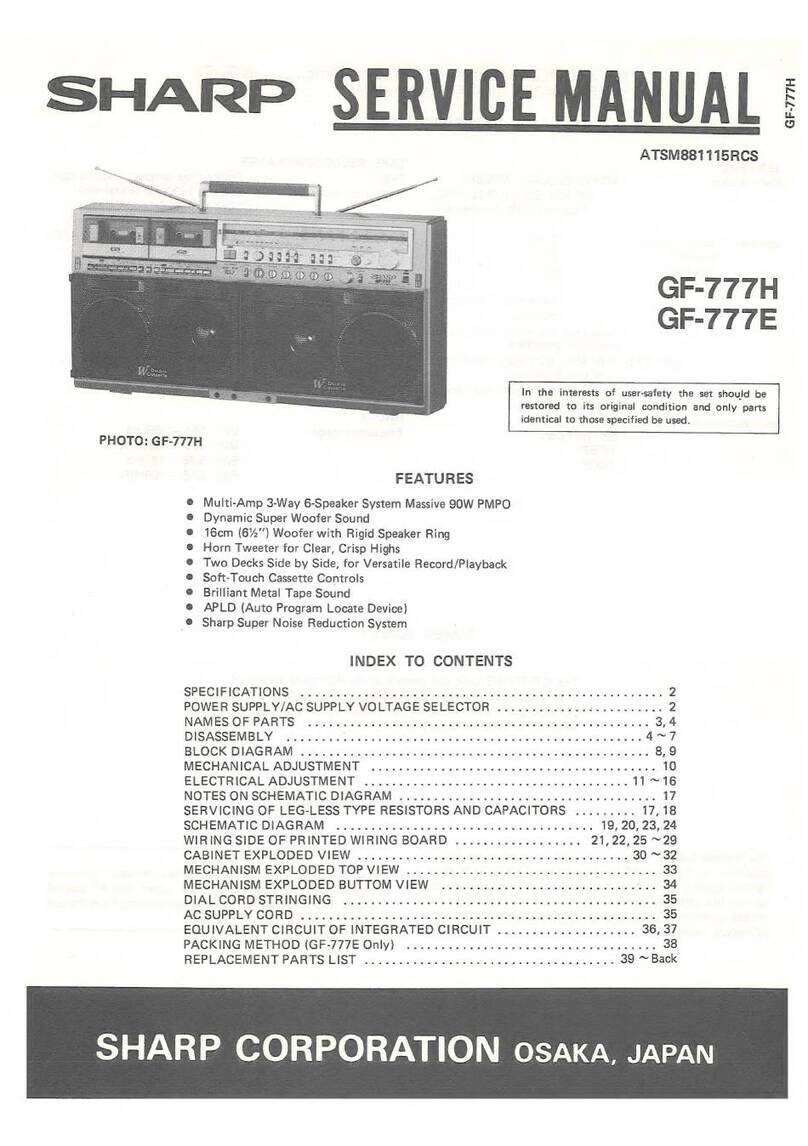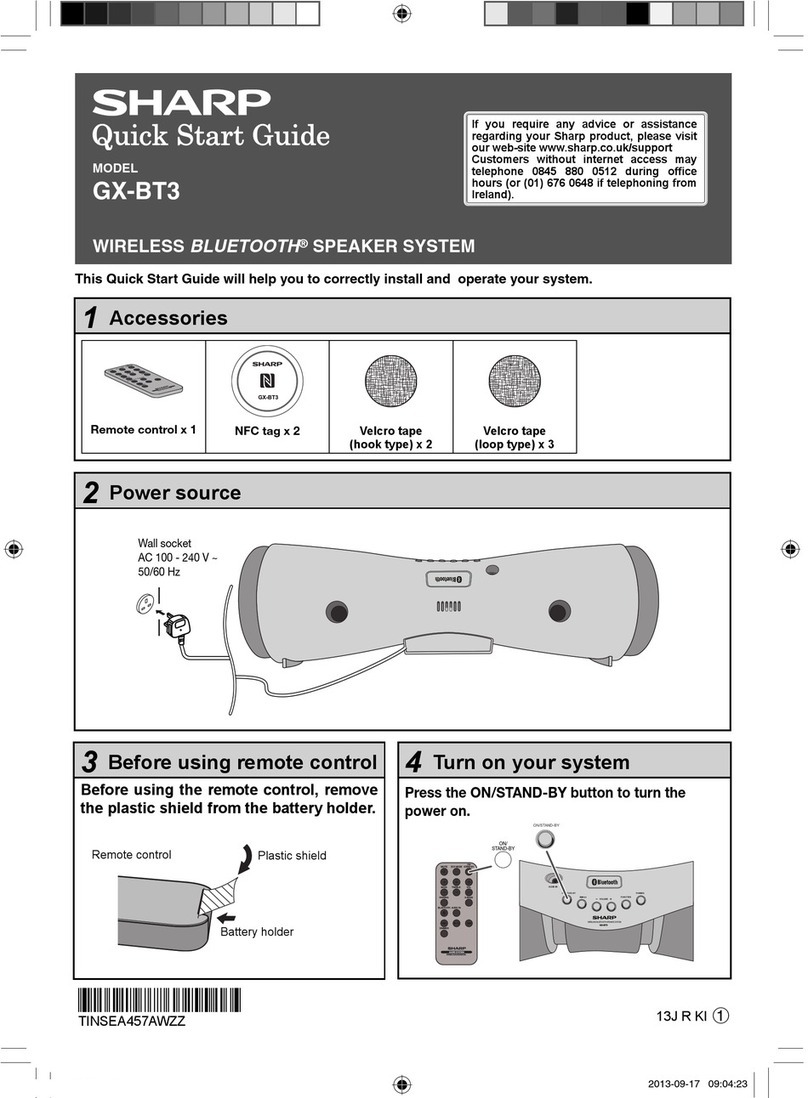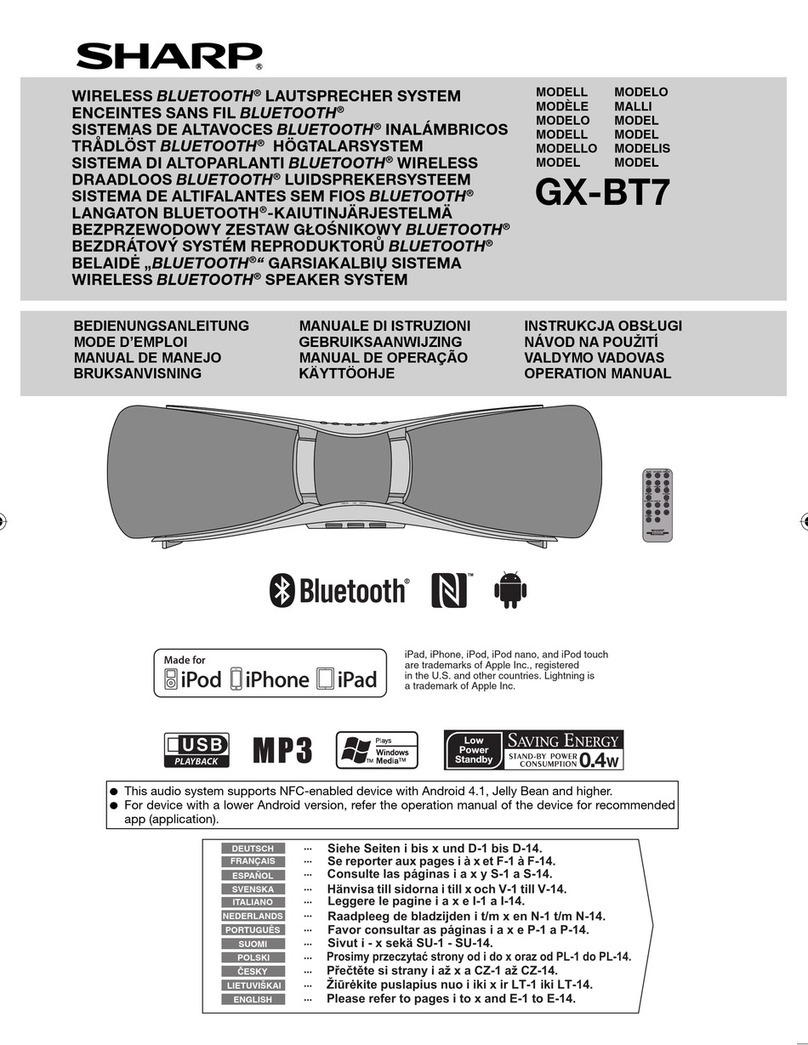Sharp VZ-3000H User manual
Other Sharp Speakers manuals
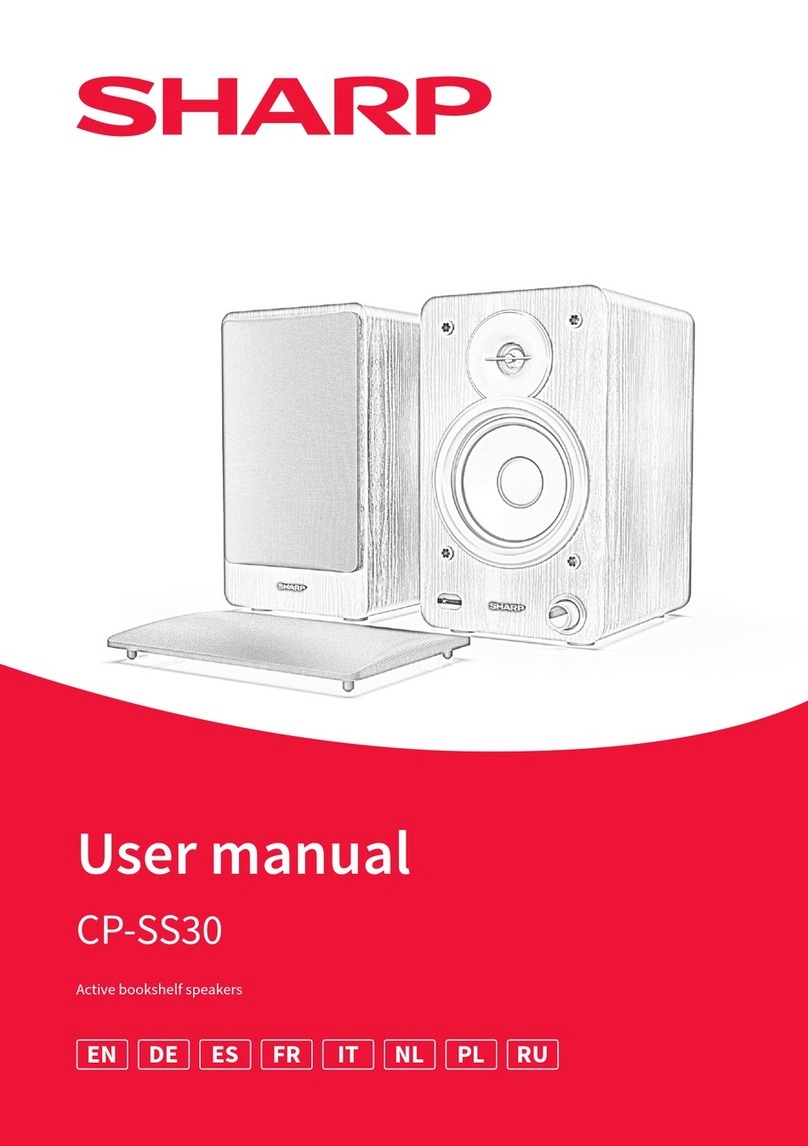
Sharp
Sharp CP-SS30BK User manual
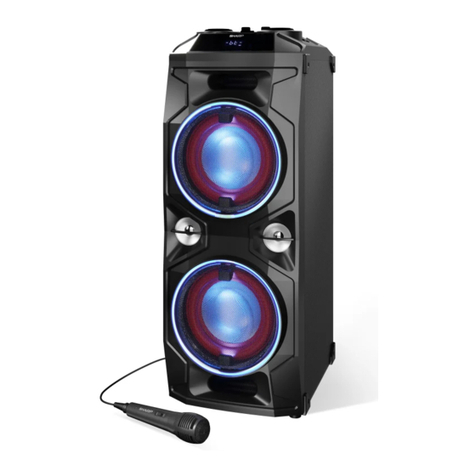
Sharp
Sharp PS-940 User manual

Sharp
Sharp GX-BT390 User manual

Sharp
Sharp LC-32FI3221K User manual
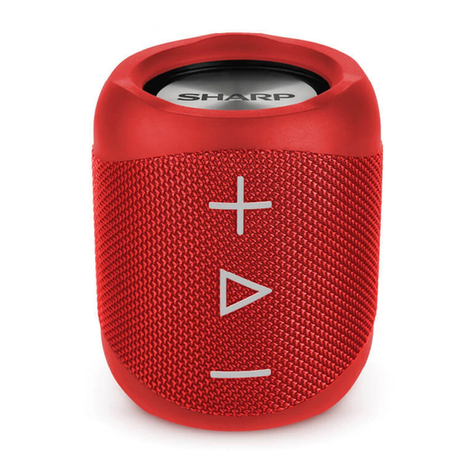
Sharp
Sharp GX-BT180 User manual
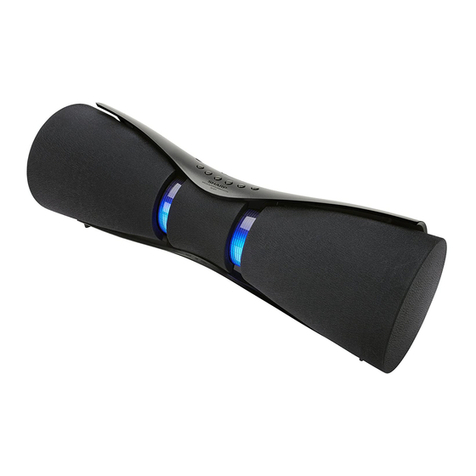
Sharp
Sharp GX-BT7 User manual
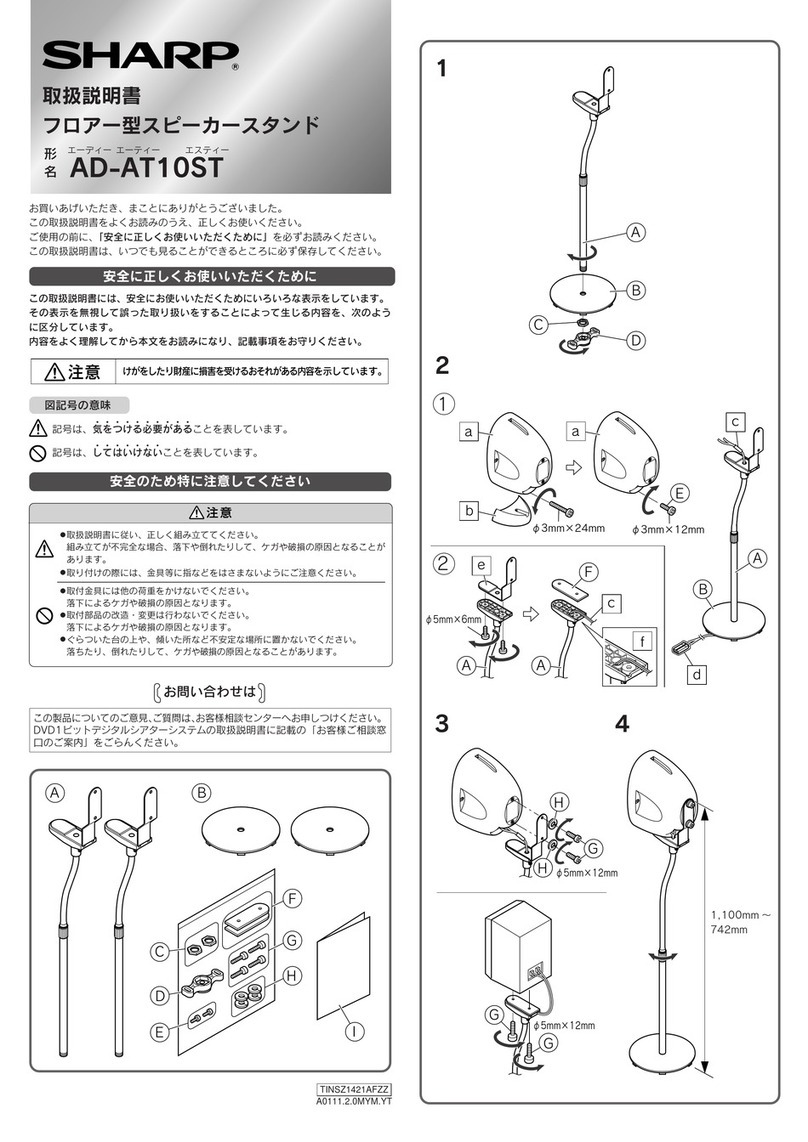
Sharp
Sharp AD-AT10ST User manual
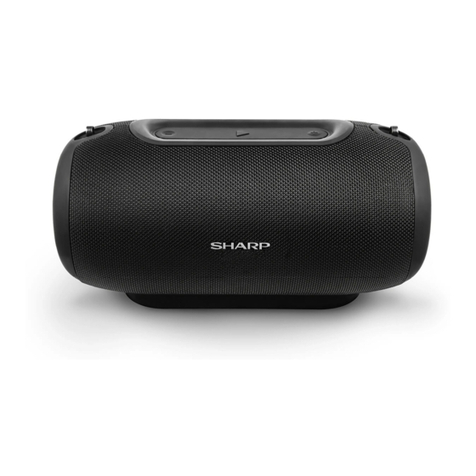
Sharp
Sharp GX-BT480 User manual
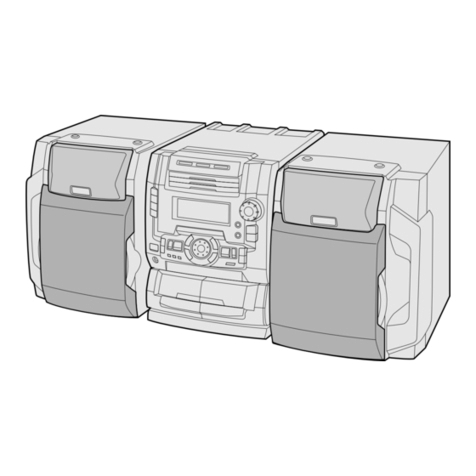
Sharp
Sharp CD-C1W User manual

Sharp
Sharp 32BB1I Technical manual
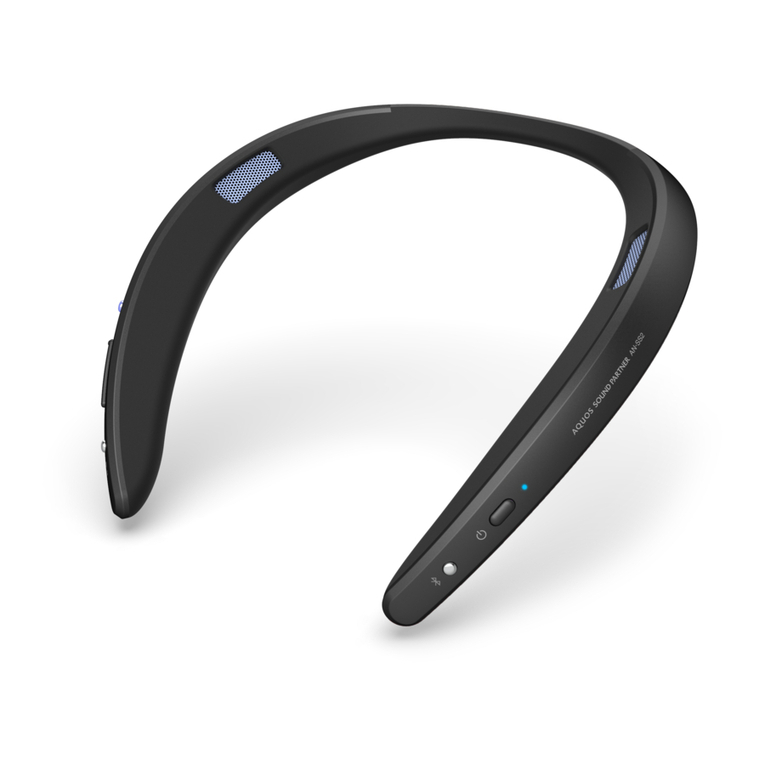
Sharp
Sharp AN-SS2 User manual
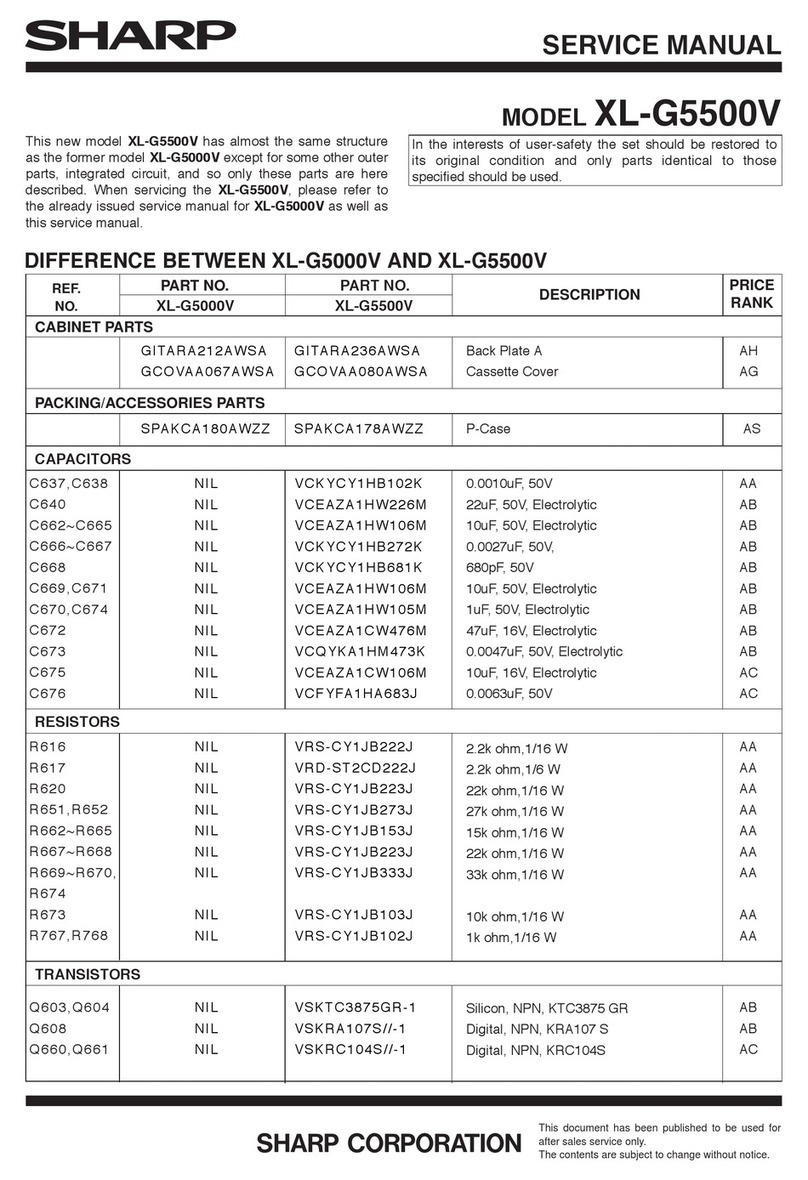
Sharp
Sharp XL-G5500V User manual

Sharp
Sharp GX-BT280RD User manual
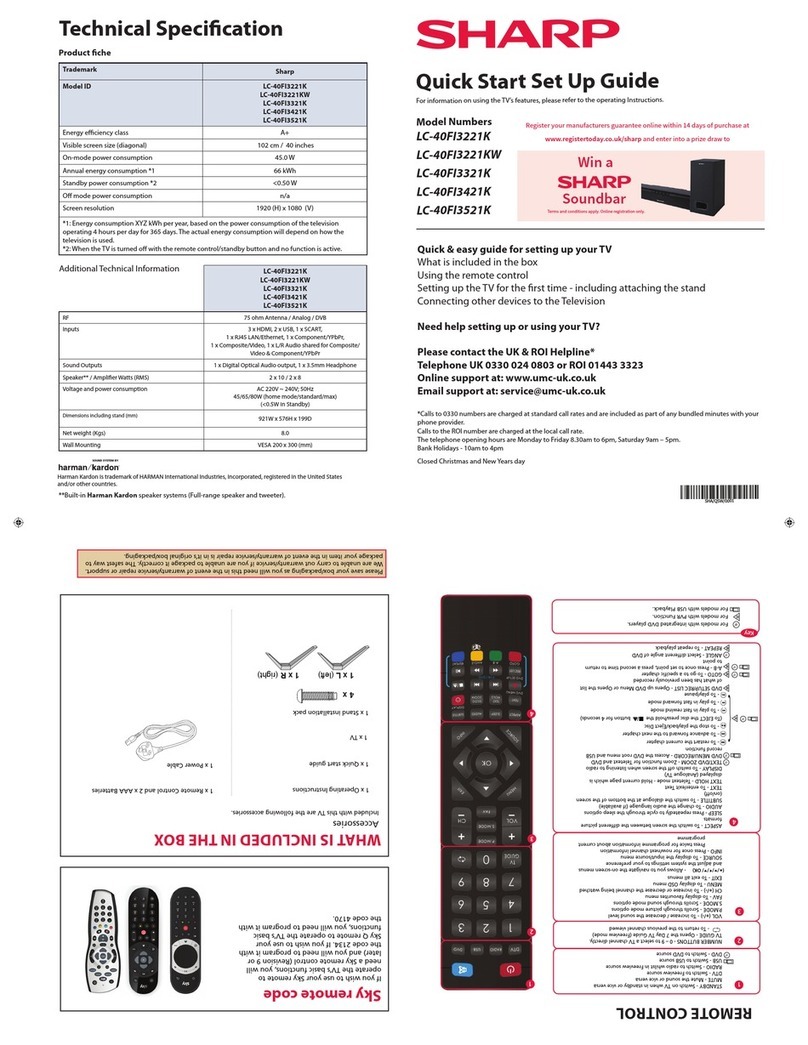
Sharp
Sharp LC-40FI3221K Technical manual
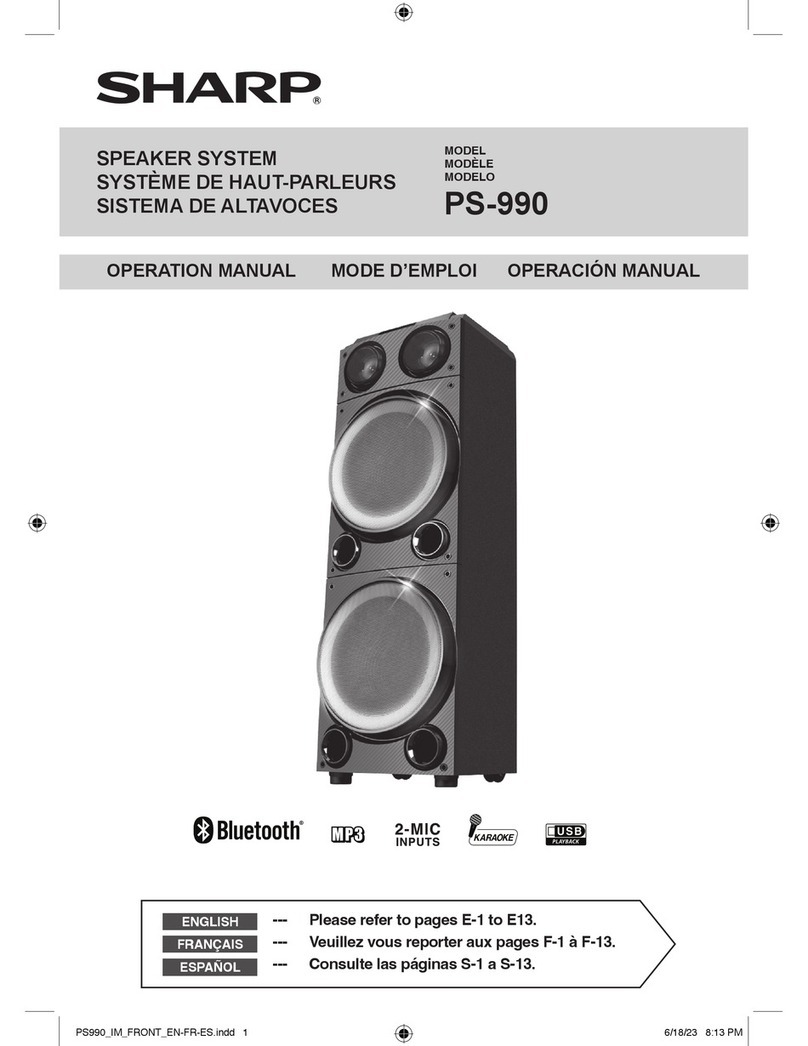
Sharp
Sharp PS-990 User manual

Sharp
Sharp AD-AT11ST User manual

Sharp
Sharp AD-AT12ST User manual
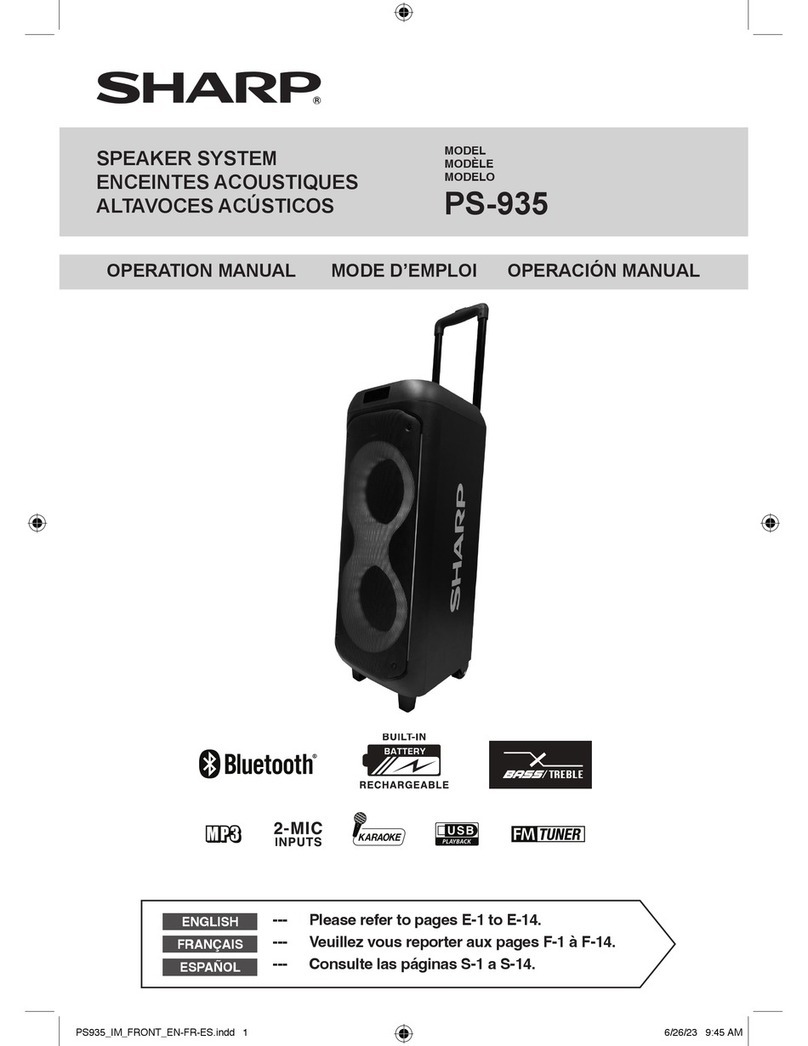
Sharp
Sharp PS-935 User manual

Sharp
Sharp Sound Partner User manual
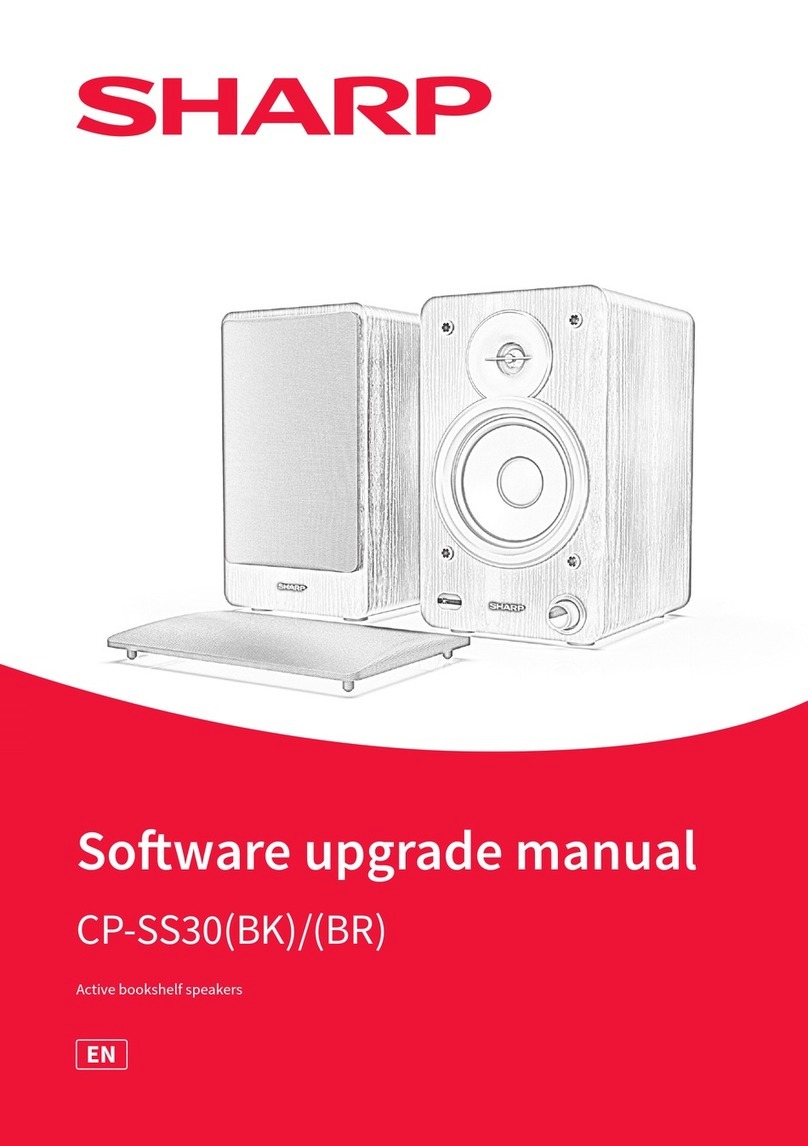
Sharp
Sharp CP-SS30 Quick start guide
